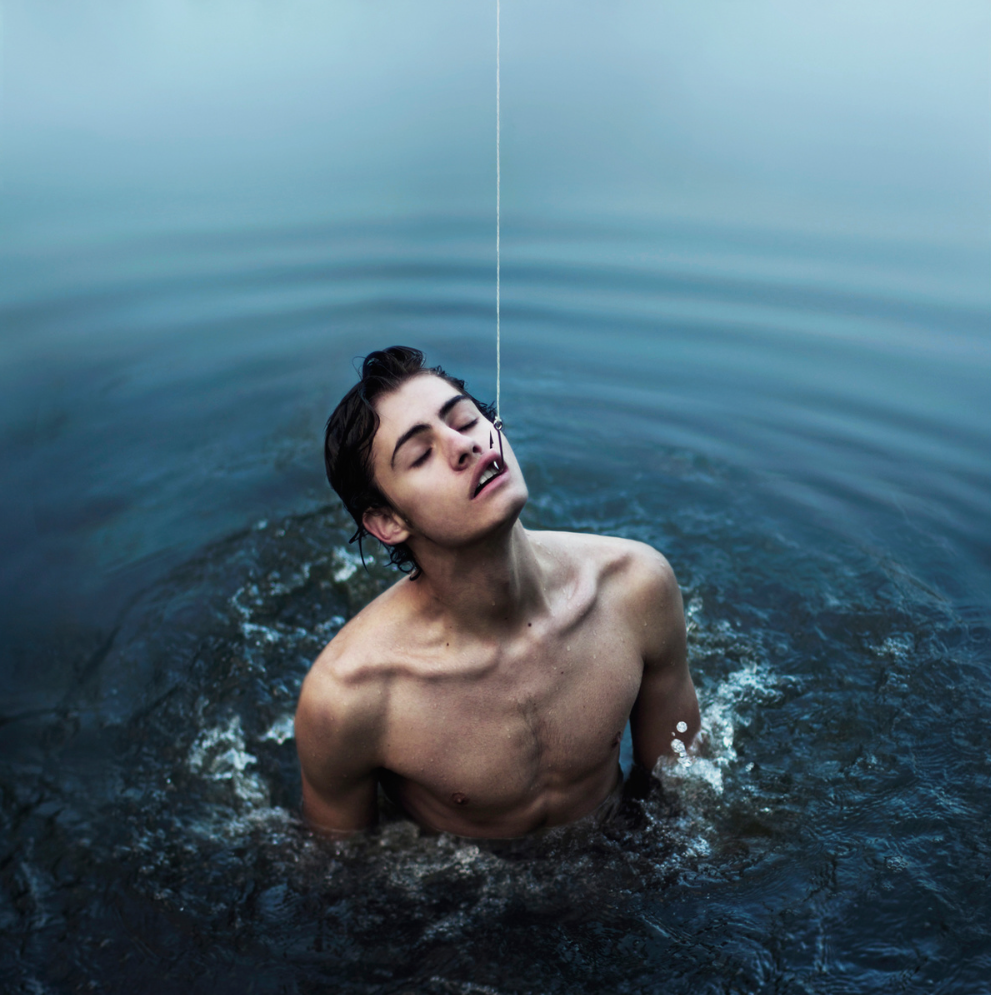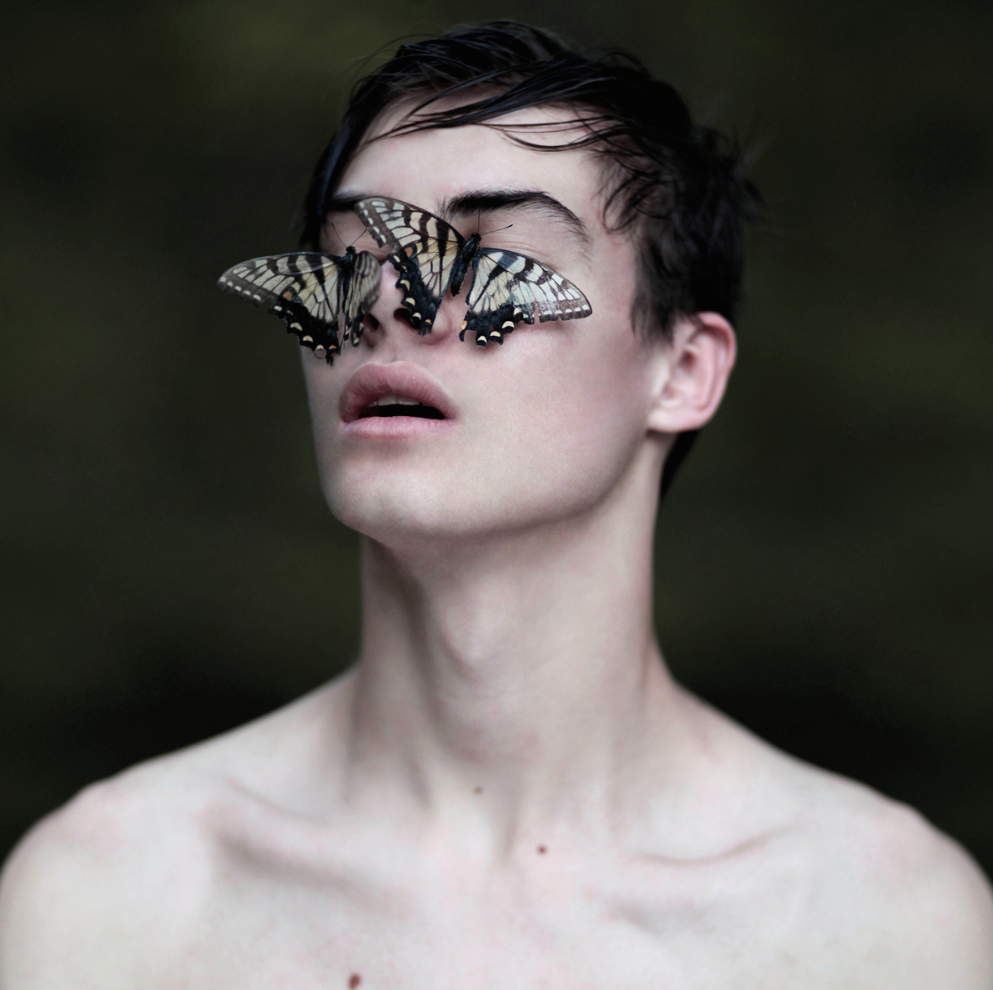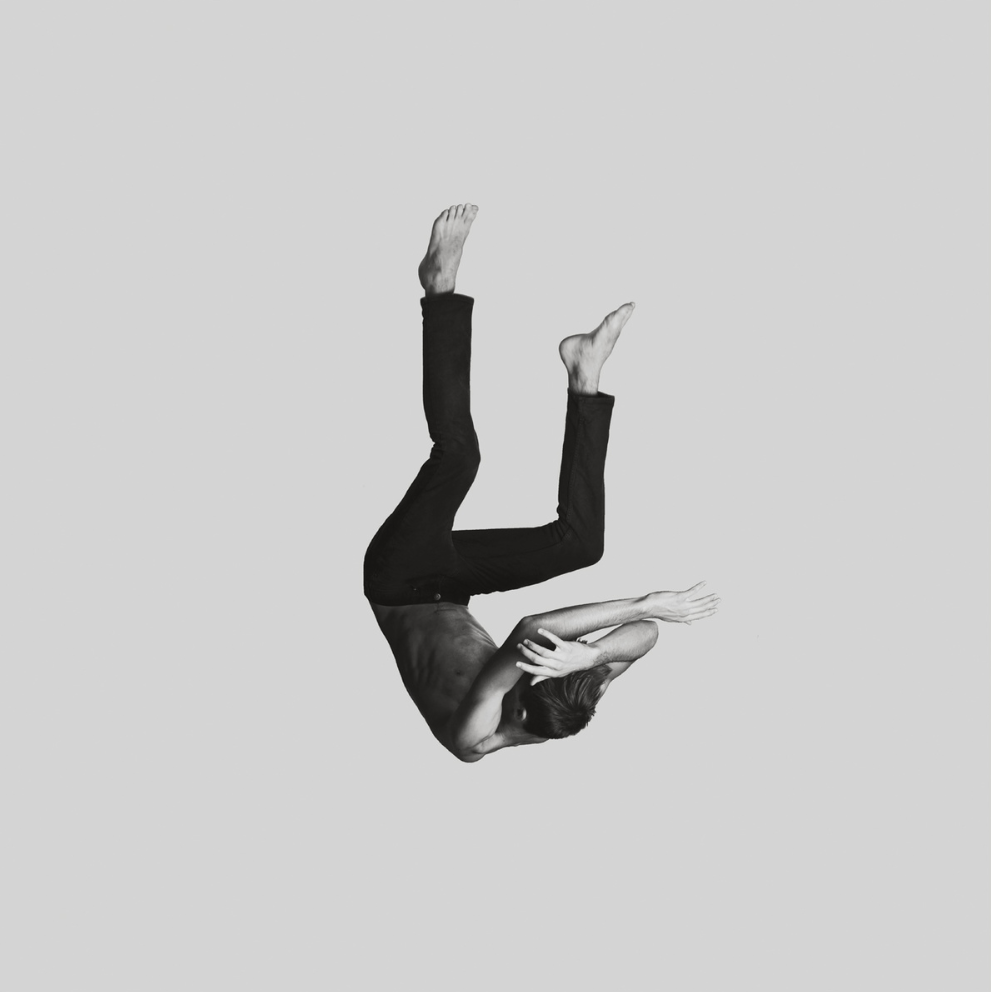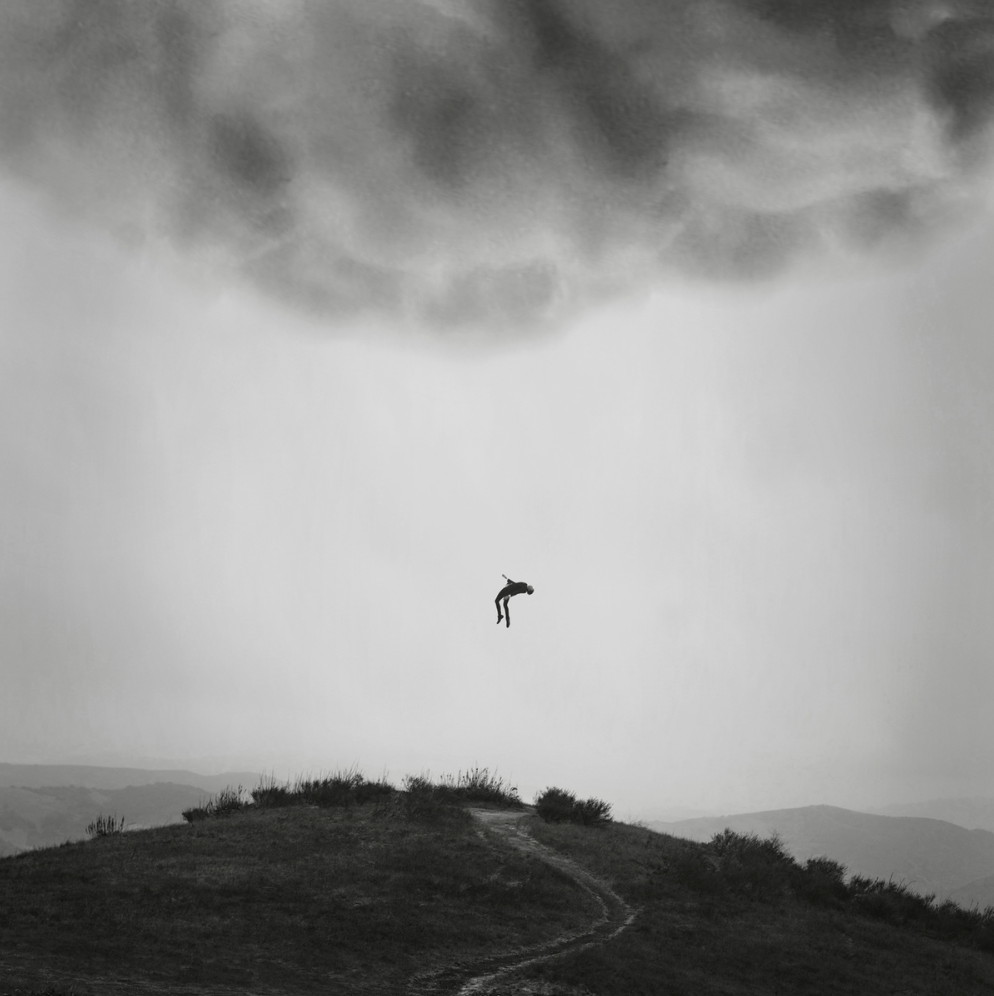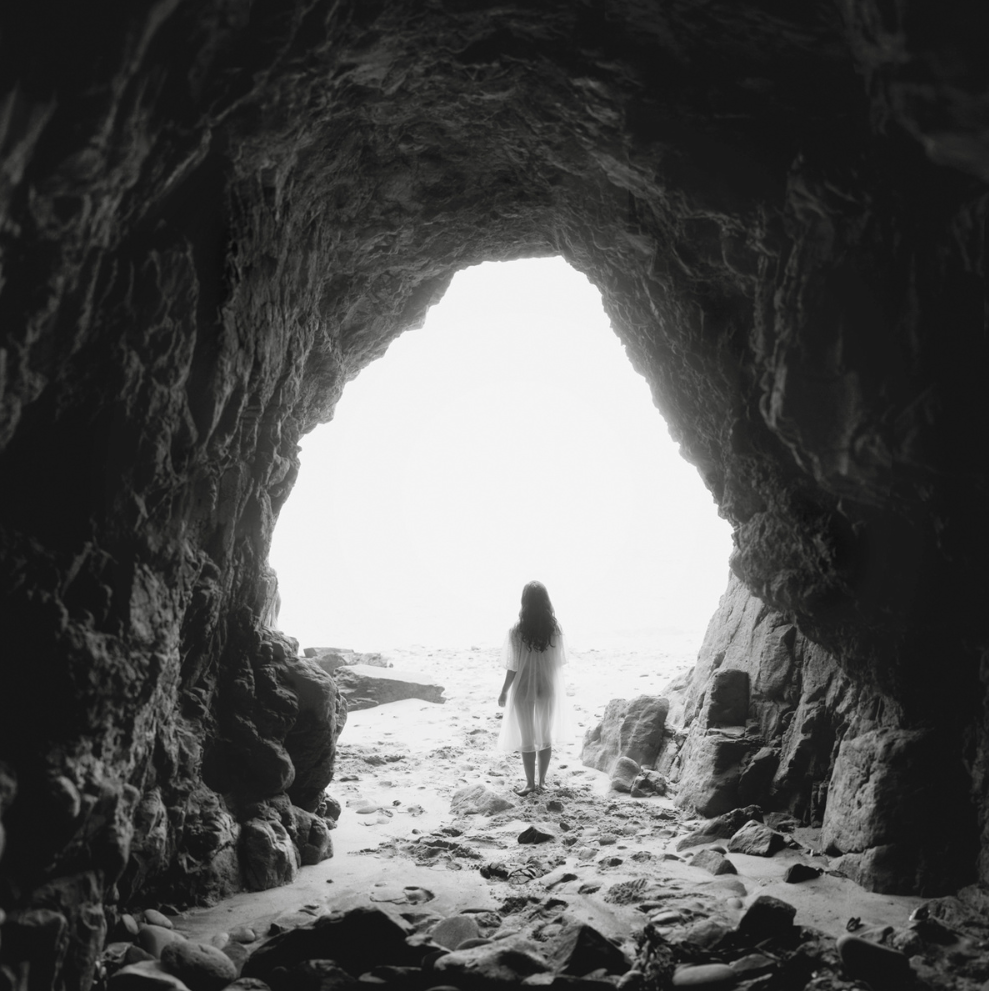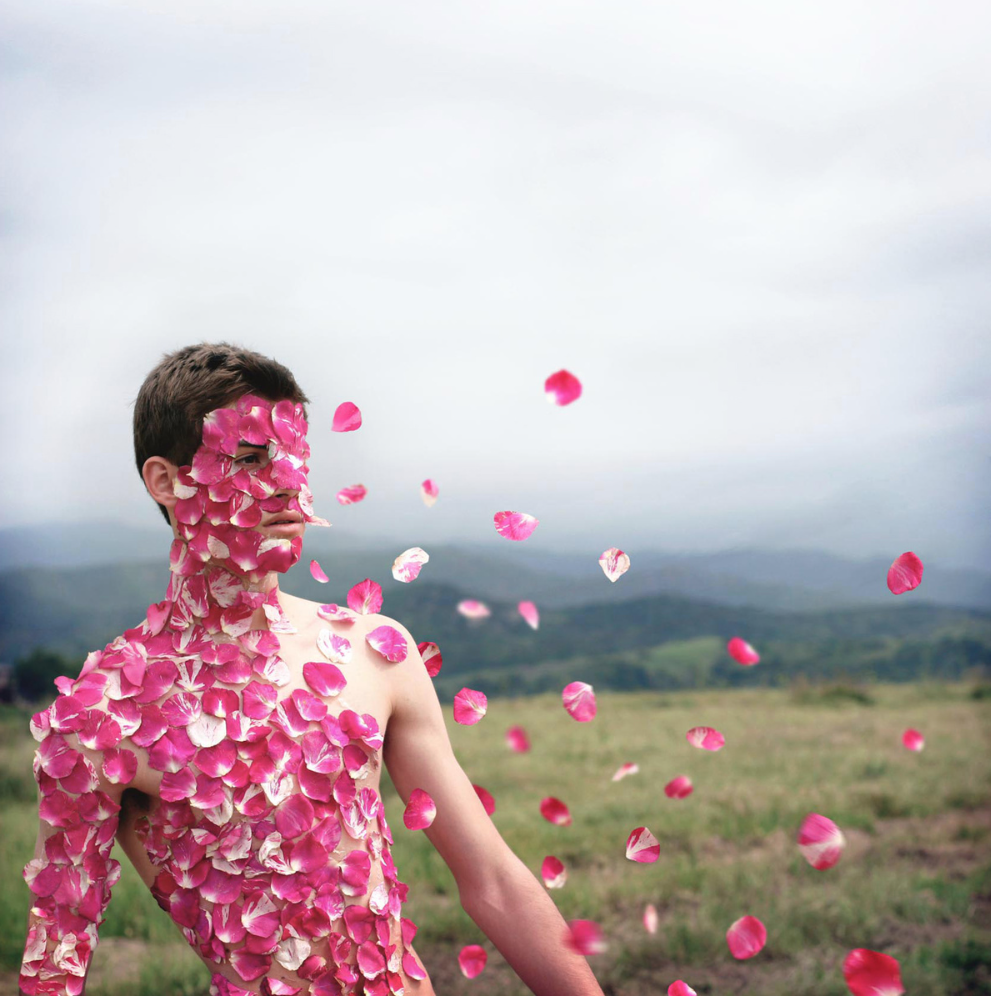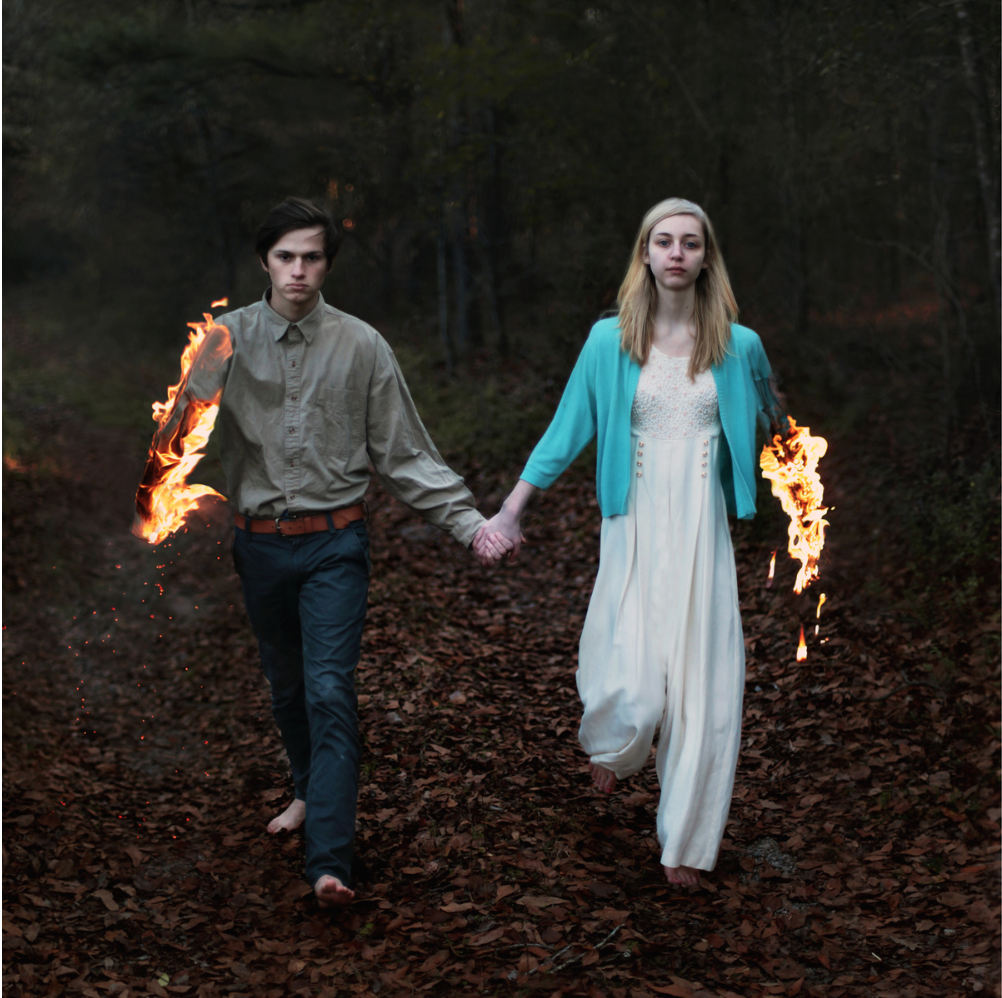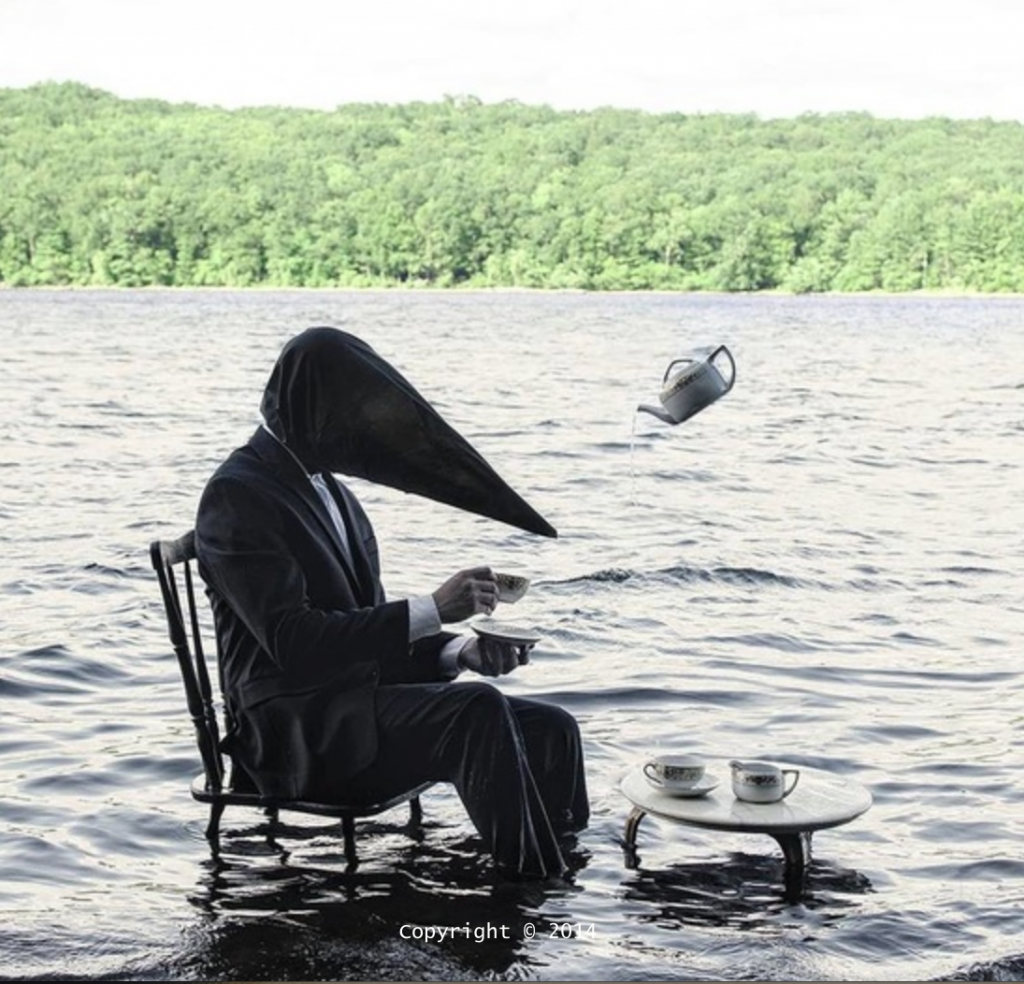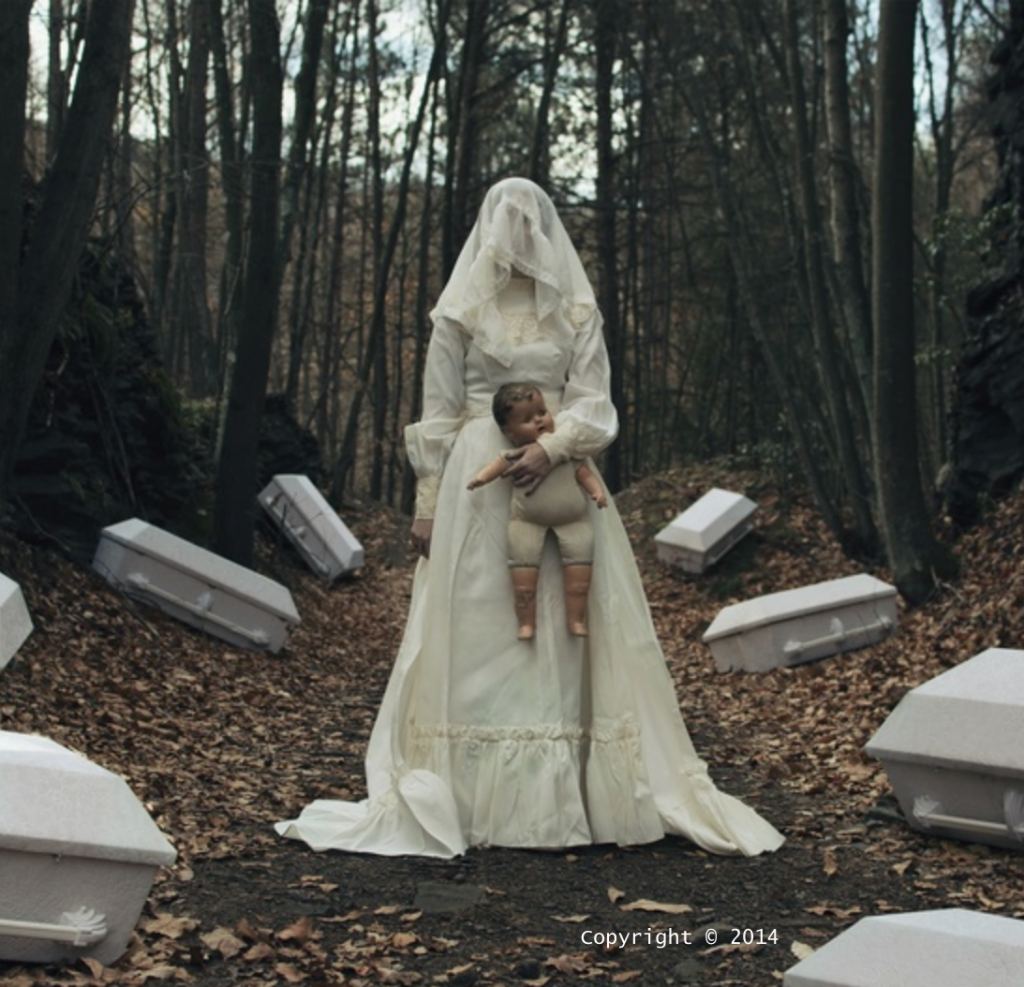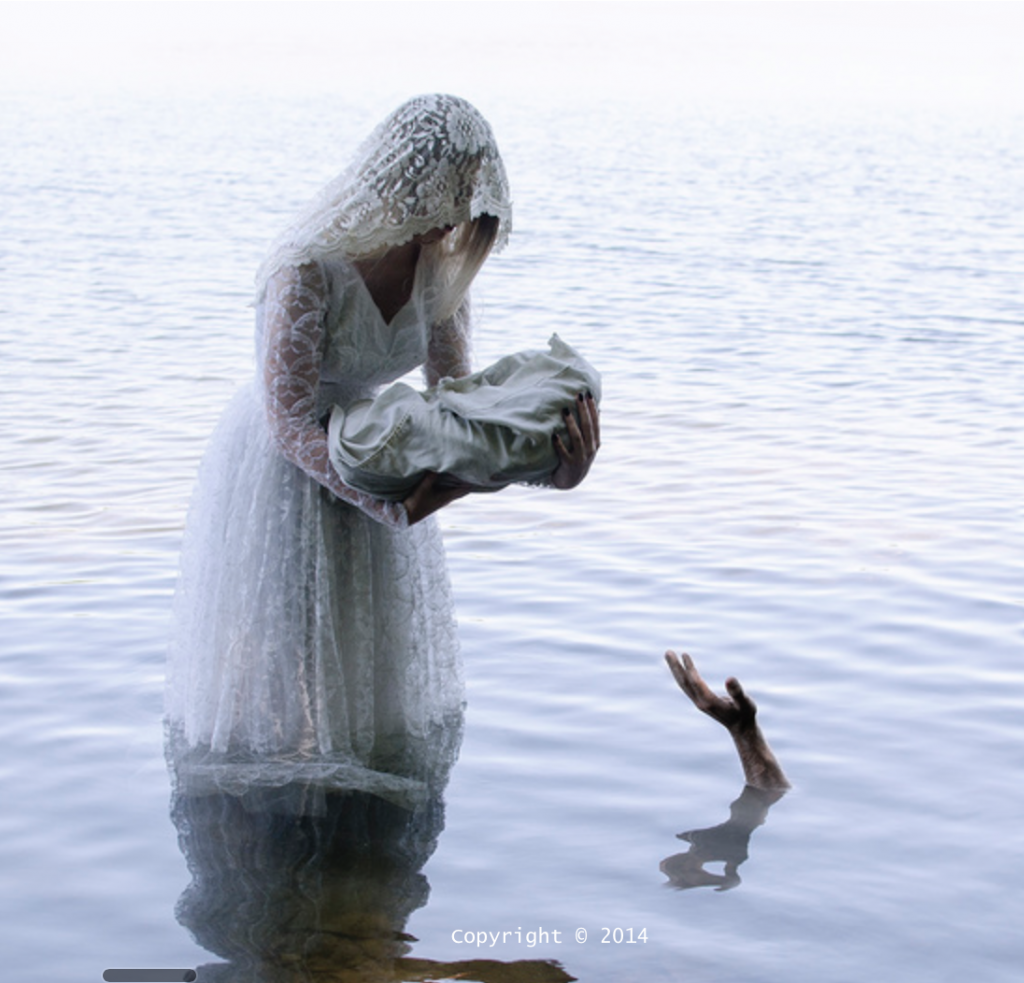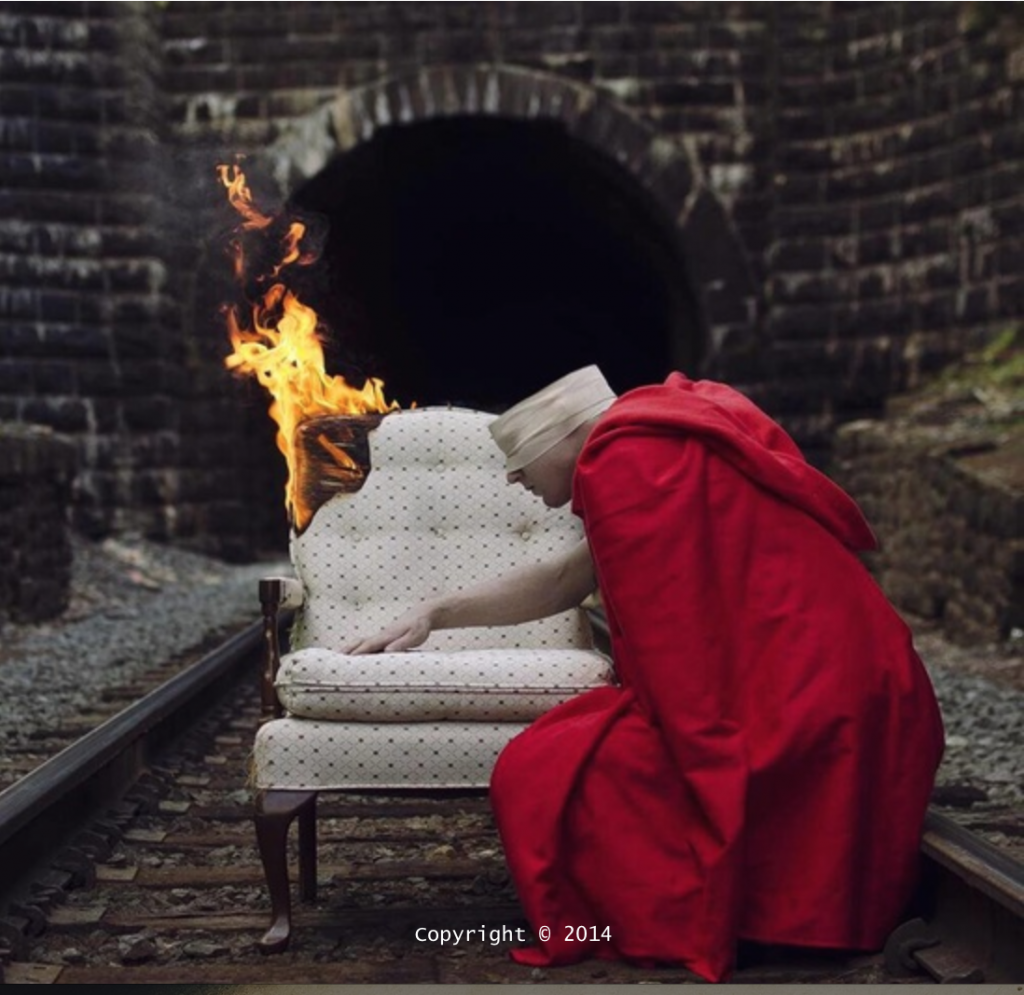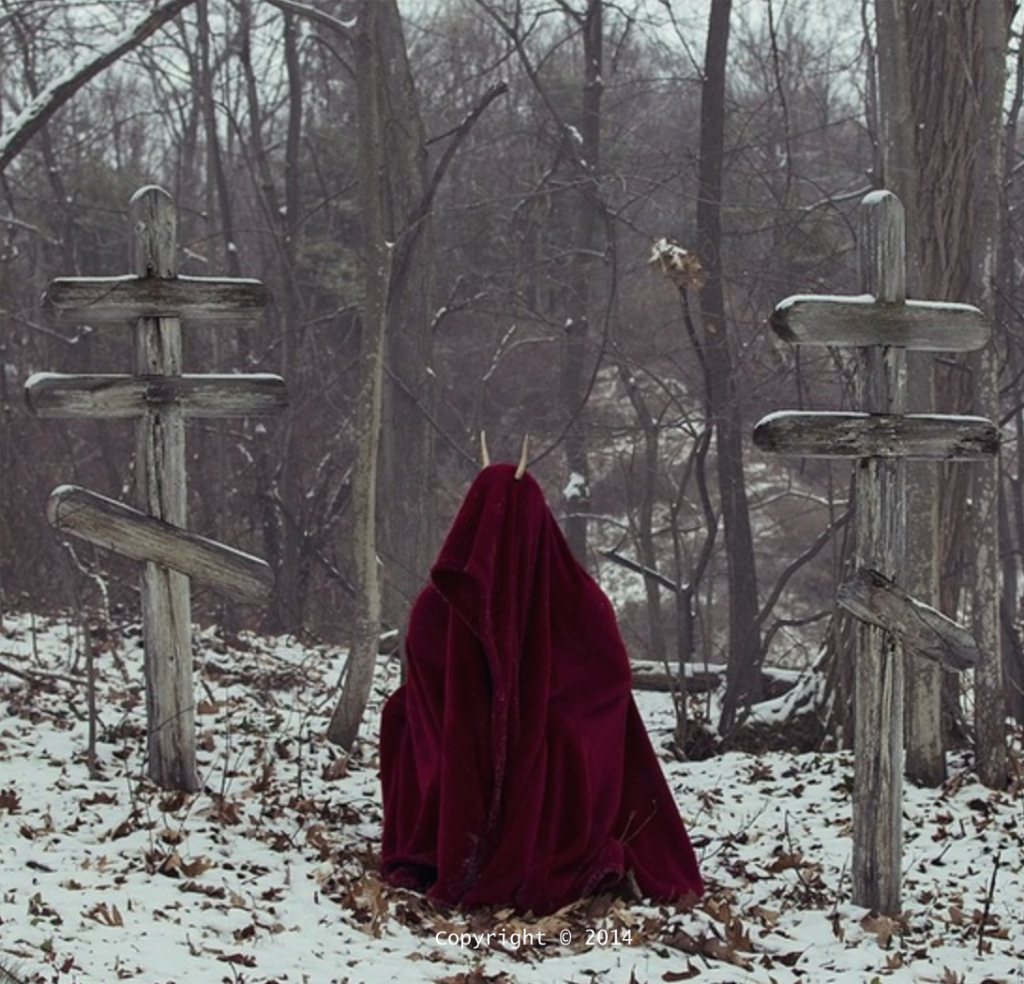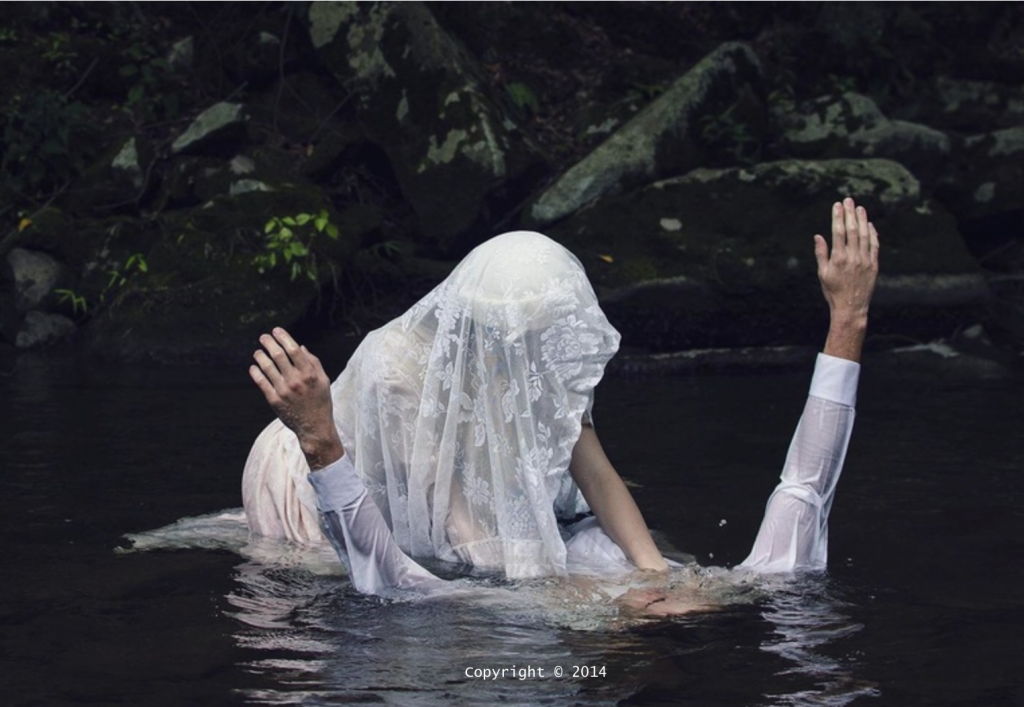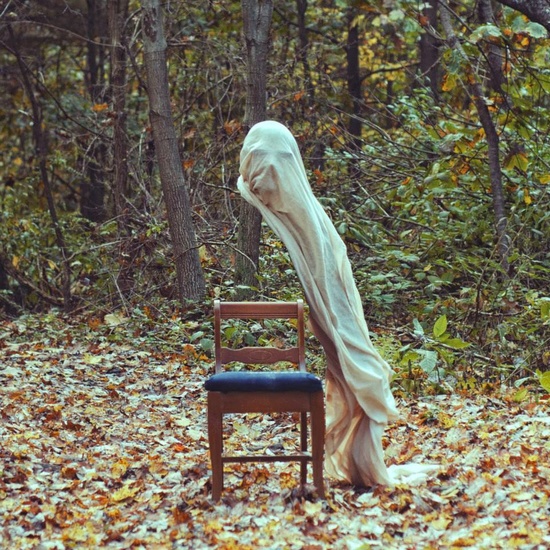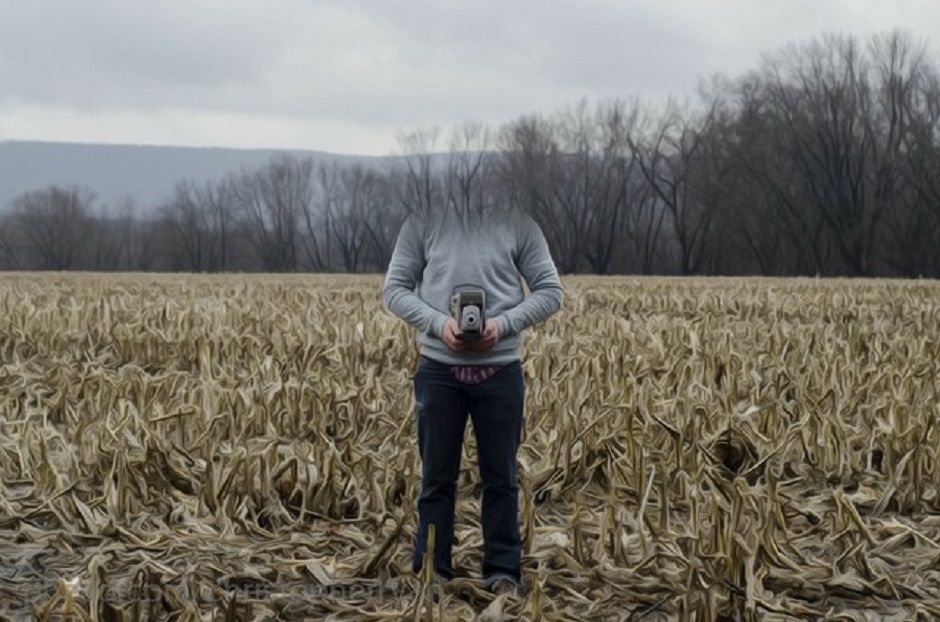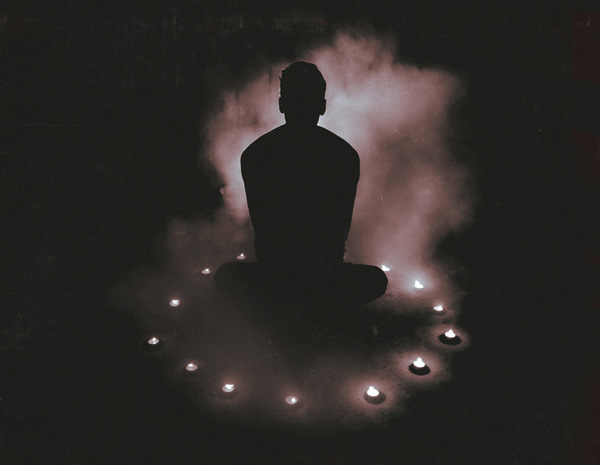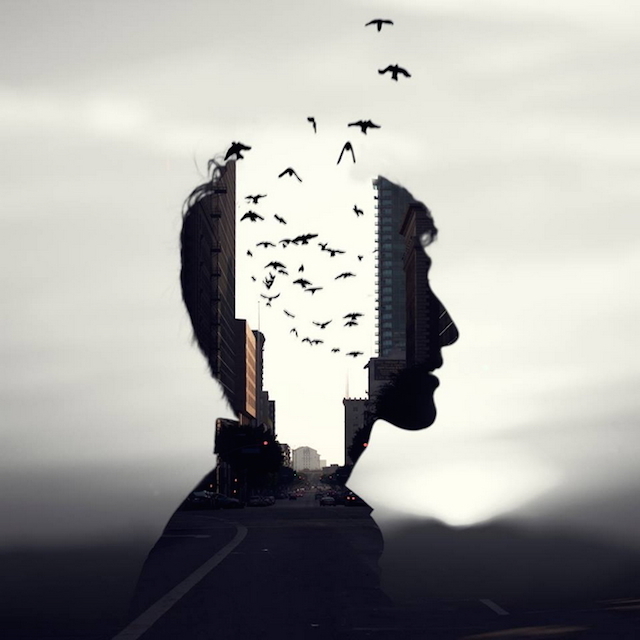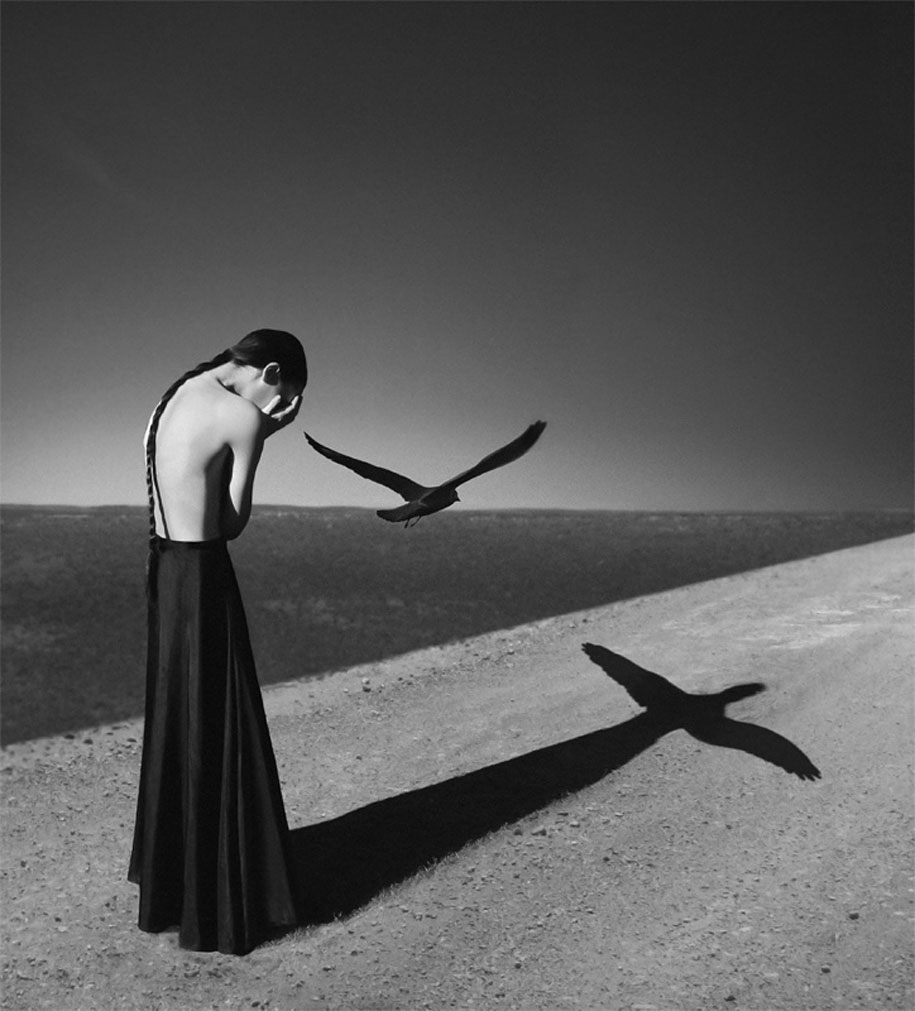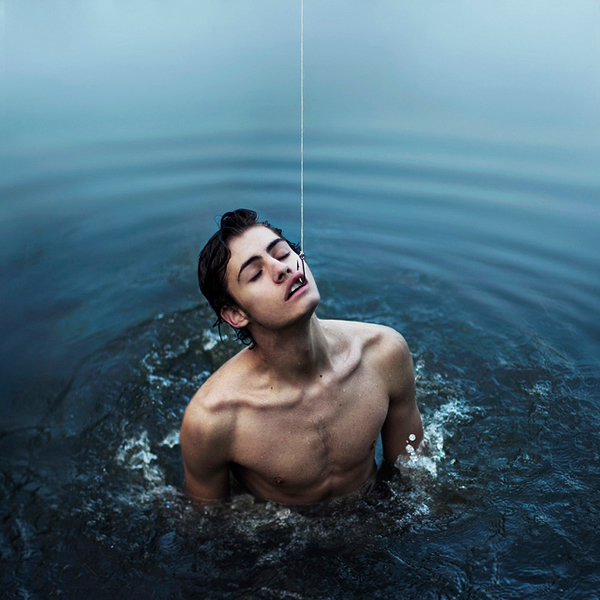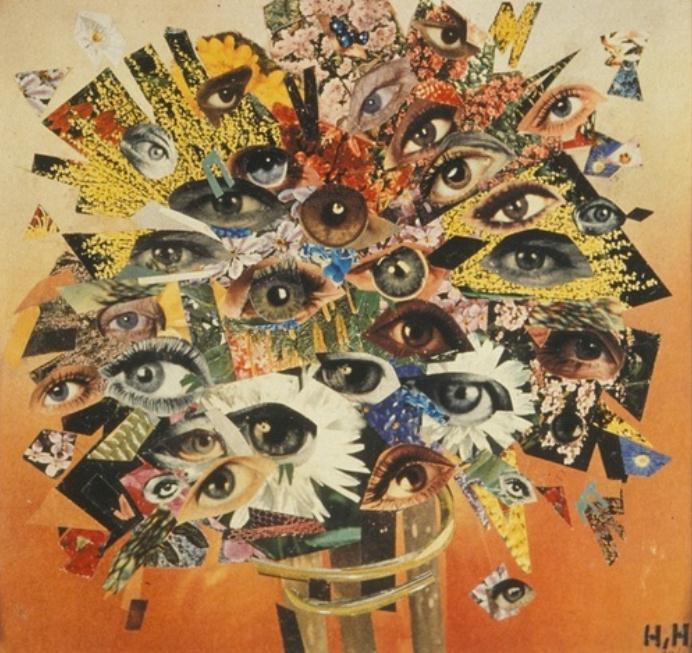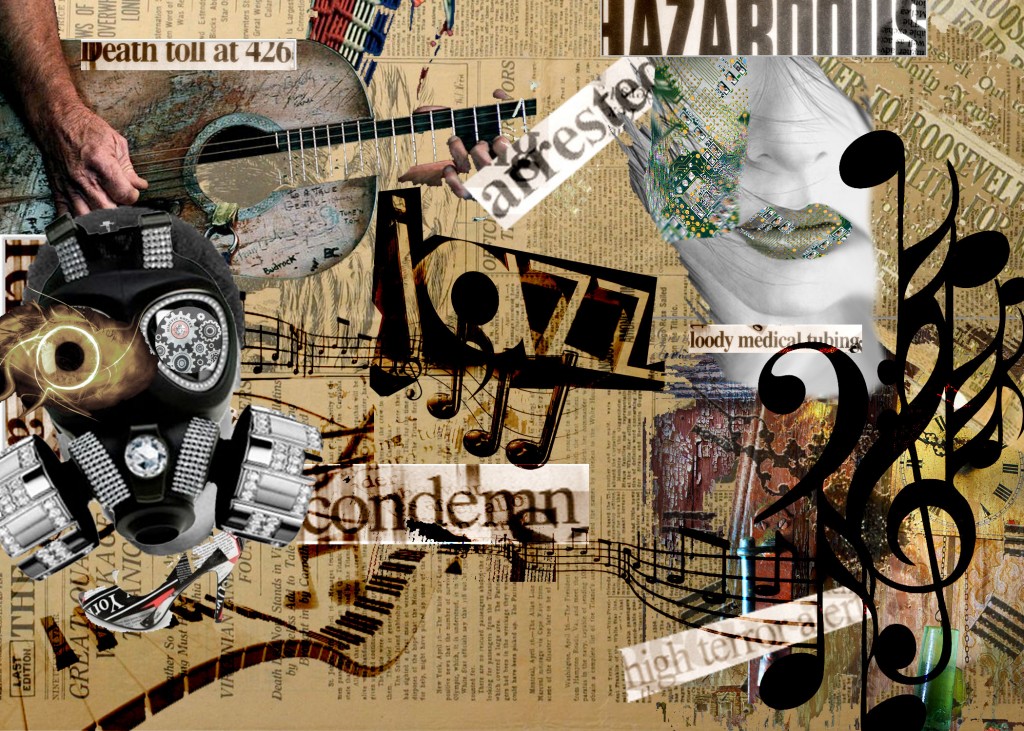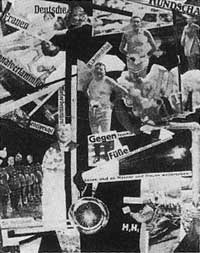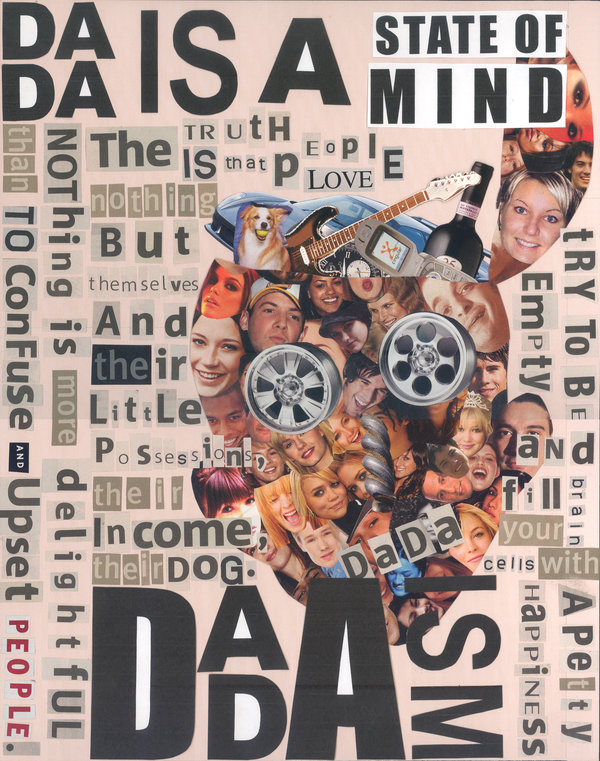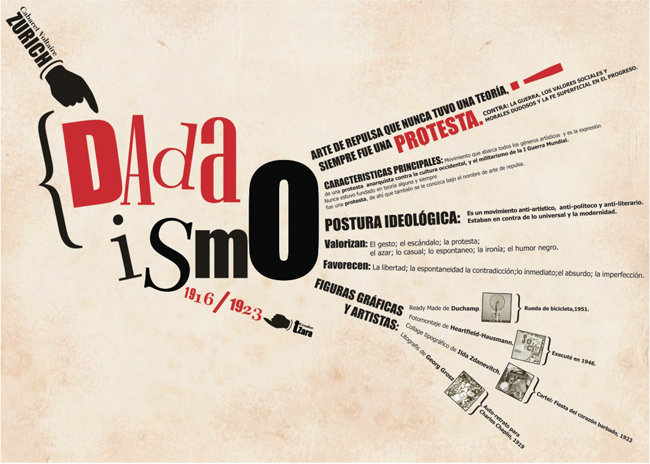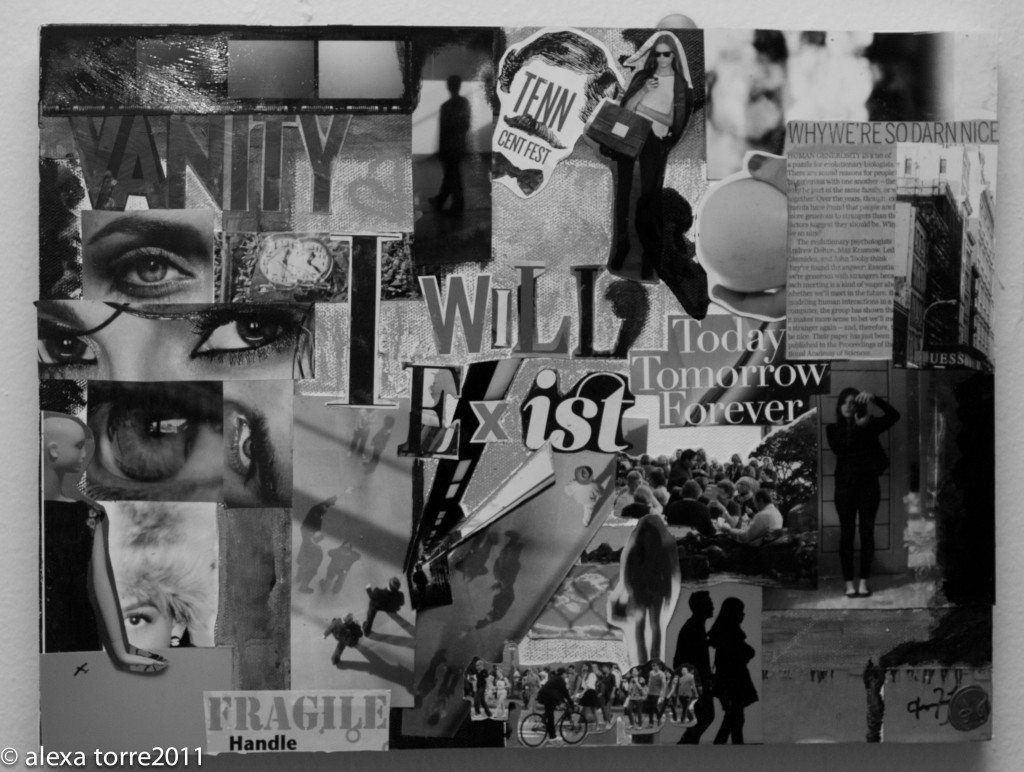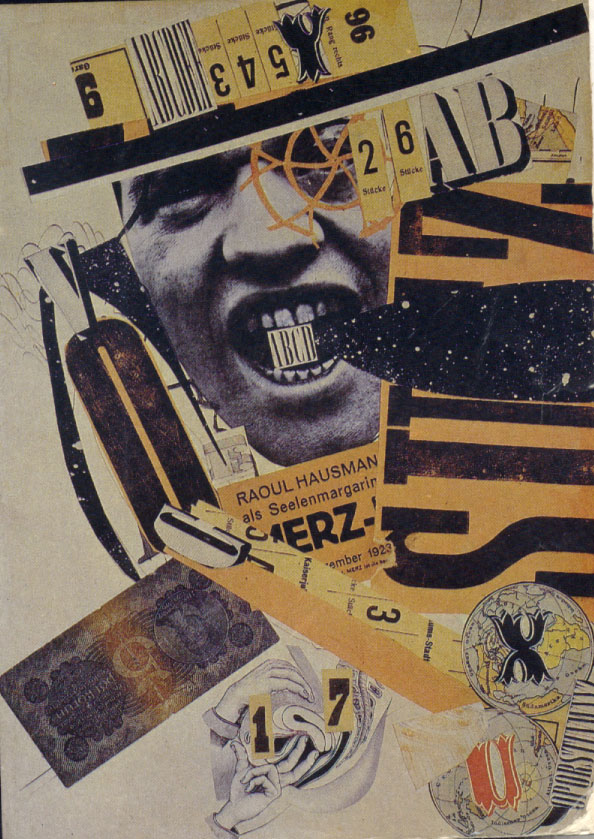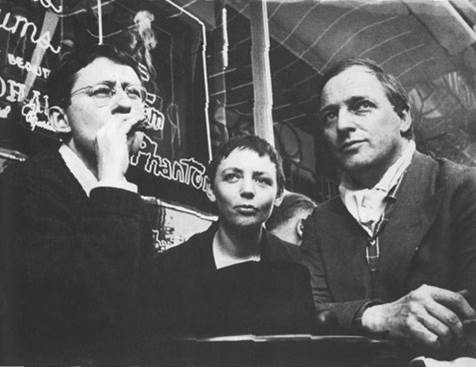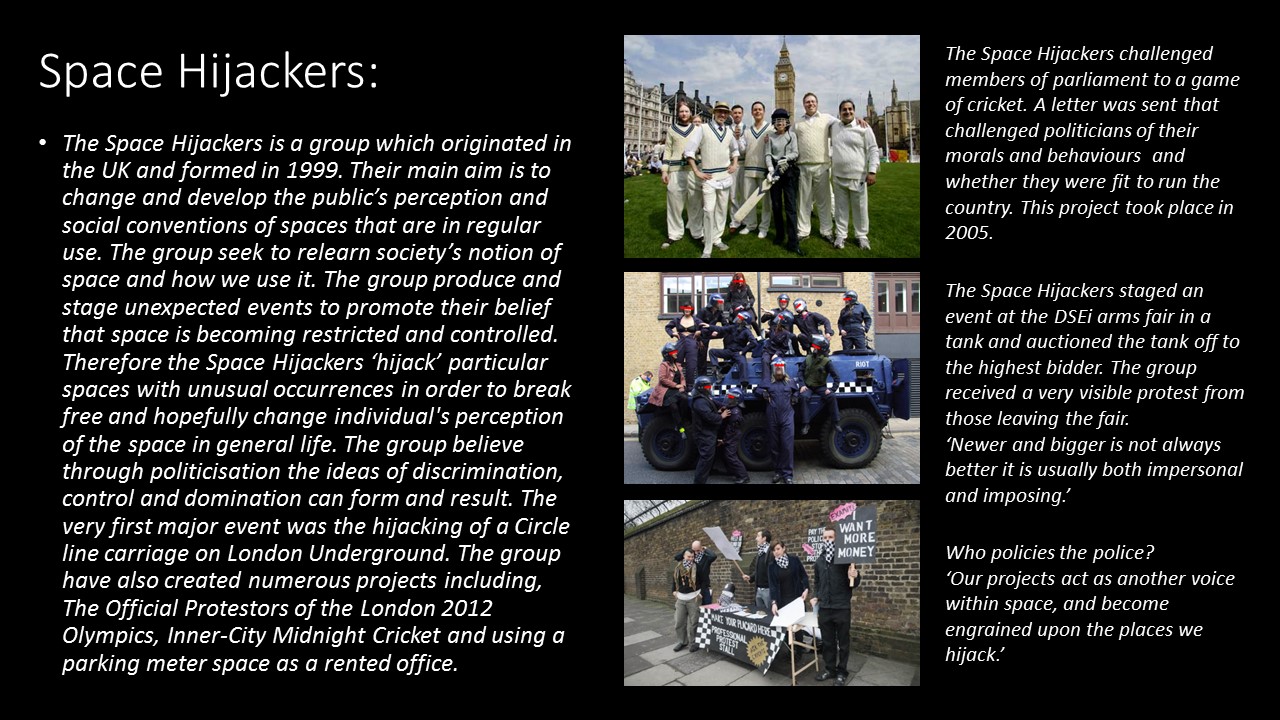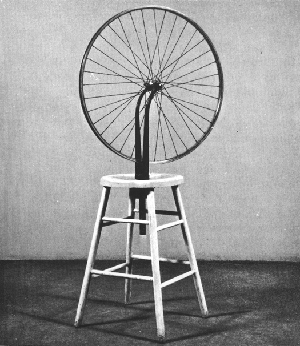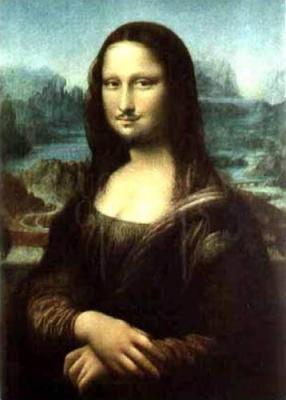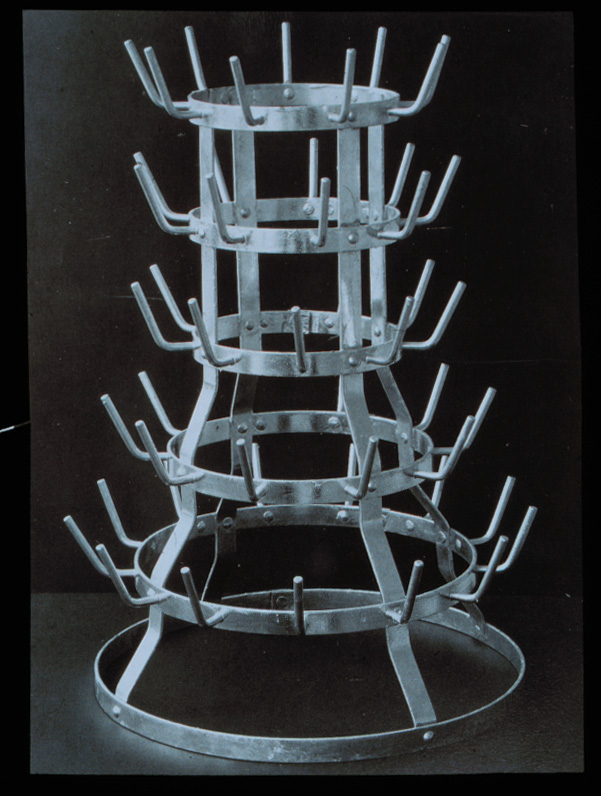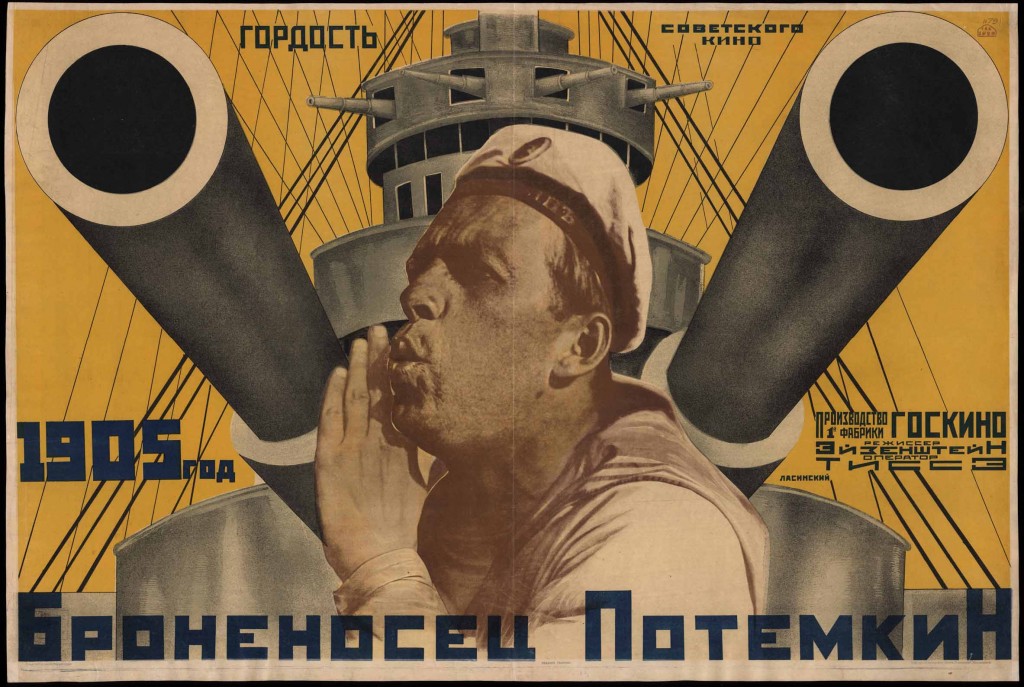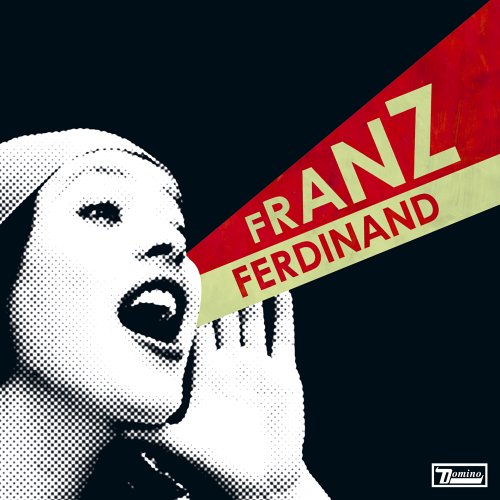Tom Pope spoke of a couple of things when we first met him which have inspired his work, for example Dadaism, Situation-ism and Psycho-geography were a couple he mentioned.
Dadaism was a revolt by certain 20th Century painters and writers in France, Germany and Switzerland against traditional art and Western Society.
The artists affiliated with Dada did not share a common style or practice so much as the wish, as expressed by French artist Jean (Hans) Arp, “to destroy the hoaxes of reason and to discover an unreasoned order.”
Their works illustrated absurdity through paintings of purposeless machines and collages of discarded materials, which expressed their cynicism about conventional ideas of form and their rejection of traditional concepts of beauty.
‘Dadaism’ is a nonsense word which the creators used to protest against the First World War.
Participants claimed various, often humorous definitions of “Dada”—“Dada is irony,” “Dada is anti-art,” “Dada will kick you in the behind”—though the word itself is a nonsense utterance. As the story goes, the name Dada was either chosen at random by stabbing a knife into a dictionary, or consciously selected for a variety of connotations in different languages—French for “hobbyhorse” or Russian for “yes, yes.”
A group of situationists, called the Space Hijackers, were also mentioned by Tom.
The Space Hijackers is an inventive and subversive group of London ‘Anarchitects’ who specialize in reclaiming public spaces – usually without permission. Projects have ranged from ‘guerrilla benching’ (taking benches to sites where they had recently been removed and bolting them to the pavements) to organising a midnight game of cricket in the middle of the City.

The group do these projects to try and change the way people view public and private spaces with these unexpected events.
They point out issues that people may or may not notice and make them really obvious. For example, the ‘rules’ of being in certain spaces.
“If you’re a local council, selling off land to private developers is an easy way to raise capital. But the undermining of social liberties that comes with these sales is unprecedented. Take the construction of the Olympic village in Stratford for example. It’s an entirely privately owned complex. Although there will be public space, shops and entertainment, there will also be robotic CCTV drones monitoring everyone coming and going – thousands of cameras watching your every move, a ban on begging, busking, skateboarding, hoodies, public assembly, protest, loitering and much much more. Everything that makes our city so vibrant is drained out of the space and replaced with a 2D image of a city. Unless you’re shopping you’re not welcome.”


